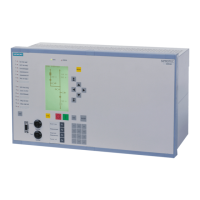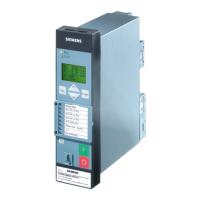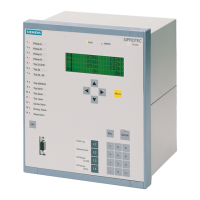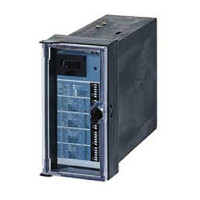Please note that it must be ensured that DIGSI 4 and the Web Monitor do not use the same operator interface
at the same time. A simultaneous serial access would lead to data collisions. This means that either DIGSI 4 OR
the Web-Monitor can use a device interface. Before the Web Monitor is started, DIGSI 4 must be exited or at
least the settings and allocations in DIGSI 4 must have been finalized. It is possible to simultaneously operate
DIGSI 4 at the front operator interface via a COM port of the operator PC and the Web Monitor at the rear
operating interface via another COM port of the operating PC.
The Web Monitor consists of HTML pages and the Java-Applets contained therein, which are stored in the
7SJ62/64 SIPROTEC 4 device in EEPROM. It forms an integral part of the SIPROTEC 4 device firmware and there-
fore does not need not be installed separately. All that needs to be created on the operator PC is a longdis-
tance data transmission network used for selection and communication. After the link has been successfully
established through the data transmission network, the browser is started and the TCP-IP address of the
protection device is entered. The server address of the device, which is its homepage address, is transmitted to
the browser and displayed as an HTML page. This TCP-IP address is set at the front and service interface using
DIGSI 4, or directly on the device using the integrated operator interface.
NOTE
It is only possible to monitor this process. Control of the process through the data transmission link is only
possible after a control feature has been set up and established. A parameter can be modified either
directly on the device or with DIGSI 4 in such manner that the device control feature contained in the Web
Monitor also permits the input of numerical values. Thereafter, the Web Monitor parameters can be modi-
fied which are normally set only directly on the device, because passwords can now be entered from the
keyboard.
Functions
Basic Functionality
Basic functionality means the functions that are generally available, i.e. not device-dependent.
These comprise:
•
Device Control
•
Messages
•
Fault Records
•
Measurement Overview
•
Diagnostics
•
Device File System
•
CFC
A description of these functions is provided in the Online Help of DIGSI as from Version V4.60.
2.25.10.2
Functions
2.25 Auxiliary Functions
342 SIPROTEC 4, 7SJ62/64, Manual
C53000-G1140-C207-8, Edition 08.2016

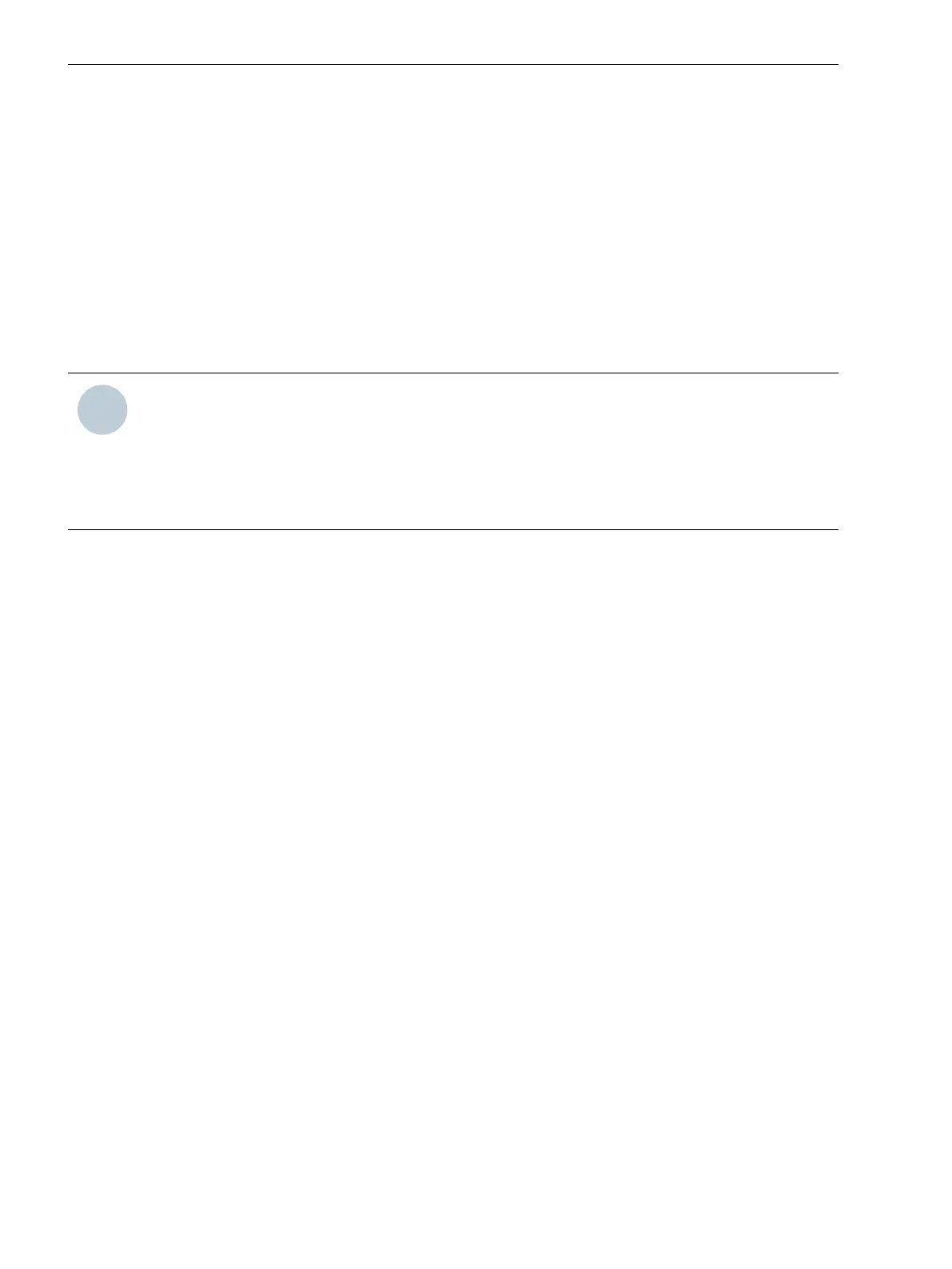